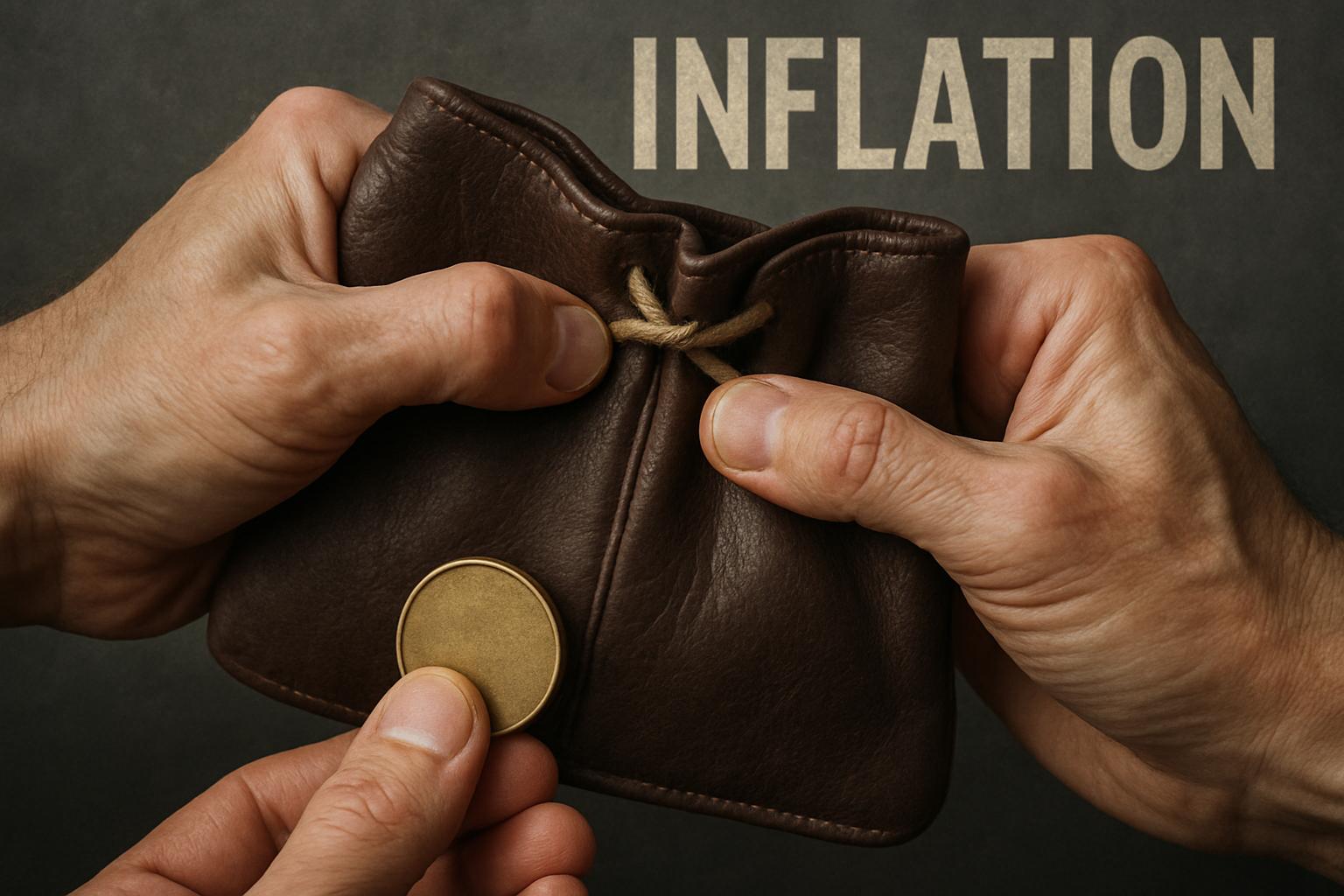Britons moderated their spending in September as uncertainty over rising household bills and the approach of the November budget weighed heavily on consumer confidence, according to recent reports from the British Retail Consortium (BRC) and Barclays. The BRC revealed that total retail sales increased by just 2.3% year-on-year, marking the slowest growth since May. While food sales rose by 4.3%, this uplift was primarily inflation-driven rather than reflecting increased purchasing volumes, underscoring the sustained pressure on household budgets.
Helen Dickinson, CEO of the BRC, highlighted that the prospect of higher taxes and escalating inflation is tempering festive spending plans among many families. Barclays’ analysis supported these findings, reporting a 2.7% drop in grocery spending and a marginal overall dip of 0.7% in consumer card expenditure. Despite this, there were signs of financial prudence rather than withdrawal: close to half of consumers actively adjusted their finances ahead of the budget, while about one in three built up their savings as a buffer. Confidence in managing personal finances hit a four-year peak, with 78% expressing belief in their ability to live within their means.
Julien Lafargue, chief market strategist at Barclays Private Bank and Wealth Management, pointed to the resilience of UK consumers amid economic uncertainty, noting that wage growth still outpaces inflation. This wage dynamic offers room for spending to rebound once fiscal clarity improves. Barclays also identified a resurgence of the so-called ‘lipstick effect’, where shoppers indulge in small, affordable luxuries while scaling back on overall expenditure. This trend boosted sectors such as clothing, furniture, and beauty products during September, even as grocery spending contracted. The BRC noted strong electrical sales fueled by recent launches of popular products like the new iPhone and Apple Watch.
Market observers, including Dan Coatsworth of AJ Bell, perceive consumer behaviour as cautious but far from restrictive. People are more deliberate with their spending, a sign that many have developed sound money management habits in response to prolonged economic challenges. This growing thriftiness comes amid ongoing difficulties for retailers, who must also contend with rising employment-related costs stemming from policy decisions made in last year’s budget.
Looking back on the wider retail landscape, the cautious spending trend has been persistent. For much of 2024, shoppers have tightened their belts amid high living costs and inflationary pressures. Retail volumes declined for nine consecutive months through the end of 2024, with the festive season proving subdued as many consumers delayed Christmas purchases. Although Black Friday sales provided some stimulus, overall non-food sales struggled, particularly in areas such as electricals and furniture. The BRC has flagged the challenging environment, noting that sales volumes remain below pre-pandemic 2019 levels and that cost pressures are expected to persist into 2025.
Nonetheless, there are early signs of revival in retail footfall in 2025, with January seeing a 6.6% year-on-year increase driven by renewed consumer interest in sales and local shopping events. This suggests a potential rebound in spending activity if economic conditions and consumer confidence can stabilise.
In summary, the current climate reflects a UK consumer base that is prudent and resilient, navigating inflation and fiscal uncertainty with adaptive financial strategies. Retailers face a complex balancing act: managing higher operational costs while striving to appeal to more value-conscious shoppers. As the budget announcement approaches, many households remain in a wait-and-see mode, cautiously managing their spending and savings in anticipation of clearer economic signals.
📌 Reference Map:
- Paragraph 1 – [1], [2]
- Paragraph 2 – [1], [2]
- Paragraph 3 – [1], [2]
- Paragraph 4 – [1], [2]
- Paragraph 5 – [1], [2]
- Paragraph 6 – [4], [5], [6]
- Paragraph 7 – [3], [5]
Source: Noah Wire Services
